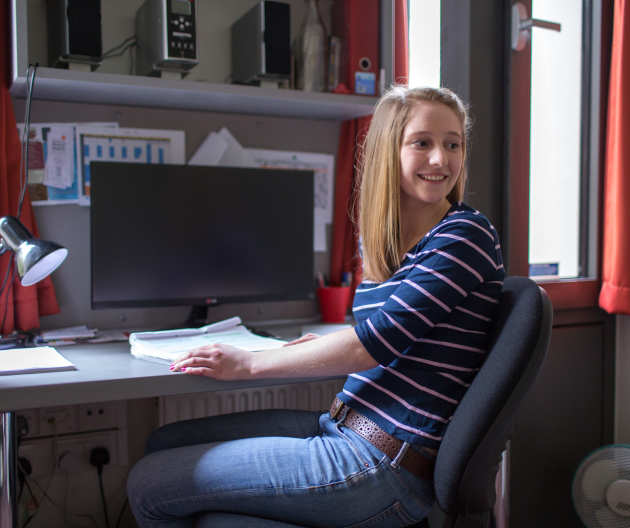
Using supporting evidence in your work is vital. It shows that you have read the relevant books and articles and that you can back up the assertions made in your argument.
There are three key ways of citing someone else in your work:
- Directly quoting what another academic has said in a book or article (quoting);
- Describing that academic’s work but putting it in your own words (paraphrasing);
- Stating a fact or research finding and acknowledging where you found it (referencing).
There is a different method to each of these, and you’ll learn these on your course.
Referencing
Referencing is your friend
As well as making the process of marking your work easier for your lecturers by following a standard format, referencing also helps you in several ways:
- Accurate referencing is good academic practice and helps to present you in a good light. It shows that your writing is based on knowledge of the subject in question and that you have taken time and effort to read around your chosen field;
- You will ensure that the reader can trace the sources you have used in the development of your work and give you credit for your research efforts and quality;
- If you do not acknowledge another writer’s influence or contribution to your work, you will be guilty of plagiarism.
Whenever you use any outside material in your work, you must reference its original source. This includes images, tables, diagrams, recordings, online articles, television broadcasts – anything that is not your own work.
What's in a reference?
Different courses use different referencing styles (check with your tutor to find out which one you’ll need to use), but all of them require the same basic information:
- Author or editor
- Date of publication
- Title
- Location of publication
- Additional information (for example, you’ll need to provide volume and page number for journal articles)
For advice on how to reference accurately, you can contact your librarian, and find information on the Library website. You don’t have to memorise the referencing system.
The Library
Don't forget that the Library provides specialist advice and guidance on reference management
